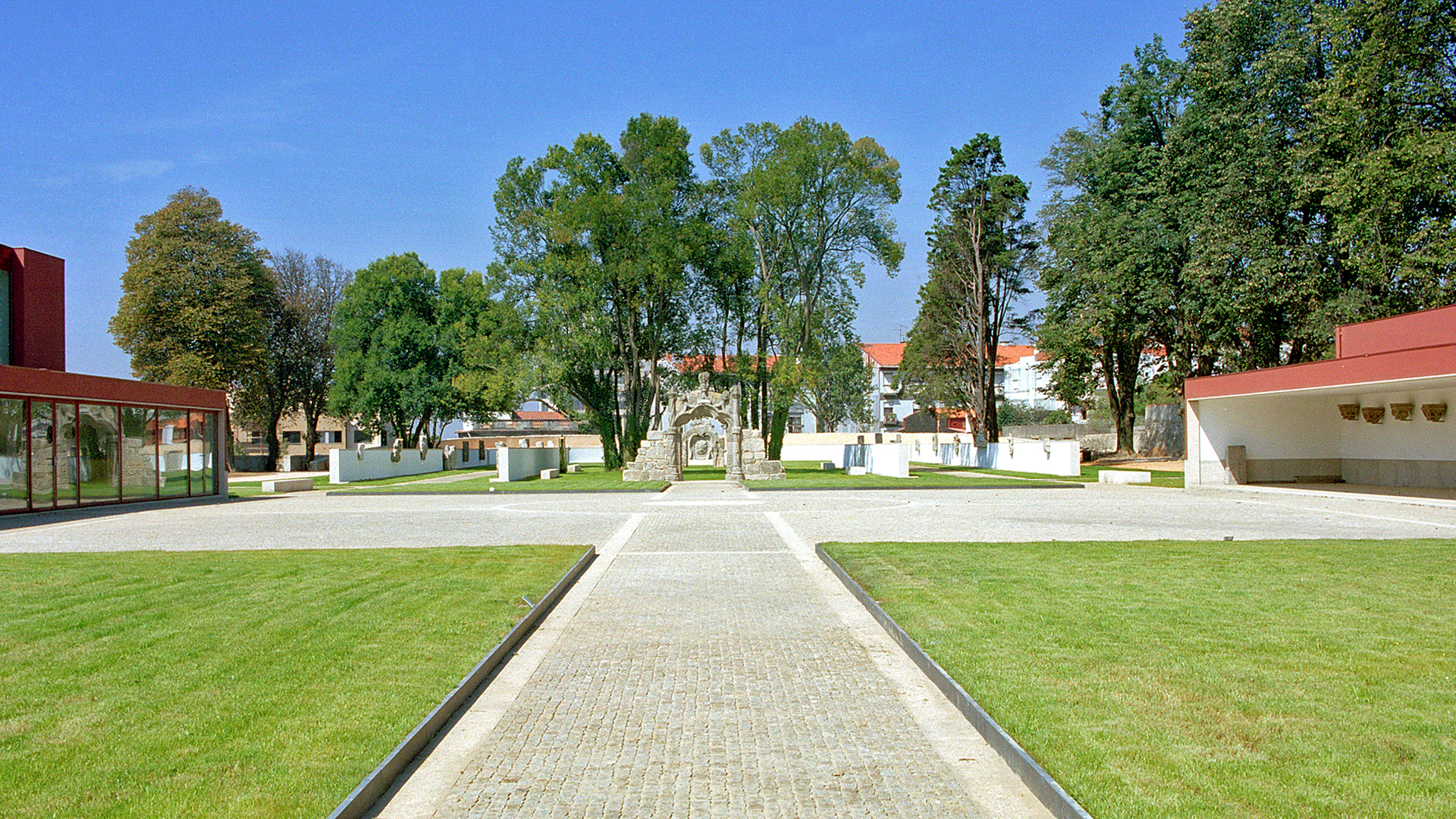On September 16, the garden of the Soares dos Reis National Museum will be the stage for another edition of Maracujália, an event created in 2015 and which has already been held in Porto, Lisbon and Rio de Janeiro for around 30 editions.
This large green space in the heart of the city will be filled with vibrant energy, bright colors, contagious joy, constant movement and a generous dose of creativity.
The programme includes a variety of activities, from dance and art to street food, conferences, performances, cinema and many concerts.
An eclectic musical journey will be offered, starting with the ancestral rhythms of world music and passing through the intense flavor of cumbia and the tropical sounds of Latin America. In the middle of this musical spectrum, the intensity and power of electronic music, based on house and joyful, contagious tribal rhythms. Funk Carioca also fits in the line-up.
The former Maria Amélia velodrome
The garden of the Soares dos Reis National Museum is located at the back of the Carrancas Palace, where the Maria Amélia velodrome was inaugurated in 1894, of which there are still significant remains.
It was a facility that, at the time, responded to the growing enthusiasm that Porto’s elite felt for cycling at the end of the 19th century.
Intended for races on these “crazy, fast machines”, with a track that allowed you to cover a kilometre in three laps, this was one of the city’s first sporting venues and also included two tennis courts.
Opened in what was then a small forest and vegetable garden, given by King Carlos to the Velo Club do Porto Association, the velodrome was developed at the back of the neoclassical Carrancas Palace, built in 1795 by the Morais e Castro family and which, acquired in 1861 by King Pedro V, became the official residence of the royal family when they travelled to Porto.
Later, in 1940, it was converted into the Soares dos Reis National Museum. The velodrome was named after King Carlos I’s wife, Queen Dona Amélia.
Currently on display in the Museum Garden (former velodrome) are stone objects linked to the history of the city of Porto. The vast majority of these objects come from the demolition of buildings (convents or chapels), fountains and walls that took place in the late 19th and early 20th centuries as a result of the city’s urban growth.

